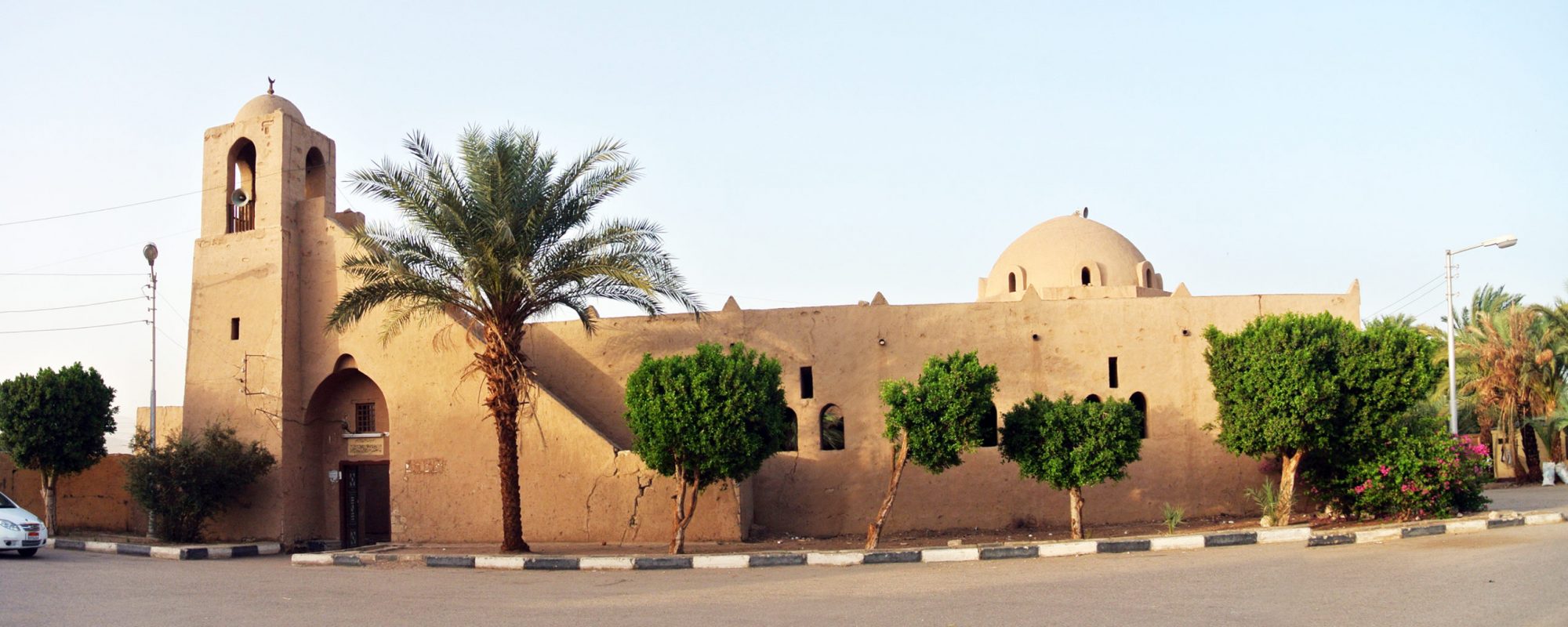
Safeguarding of Hassan Fathy’s New Gourna village, a Unesco initiative
- Egypt
Project information
- Location: Luxor – Egypt
- Period: 2013-2014
- Project Surface: Not available
- Client: Not available
- Main contractor: Not available
Project partners
- UNESCO World Heritage Center
- Ministry of Culture of Egypt
- Luxor Governorate
- Gourna Municipality
Project description
Two site missions to Hassan Fathy’s New Gourna Village in Luxor were carried out by Dr. Mahmoud Bendakir as UNESCO consultant (2013 and 2014) for:
- The assessment and expertise of the site condition by undertaking a full condition assessment and mapping of all erosion issues and identifying buildings in danger of collapse
- The preparation of a priority action program and a Remedial Work Plan for the conservation of selected public monuments: The Khan, the house of Hassan Fathy, the Mosque, the Theatre and the Village Market
- The preparation and execution of preventive conservation work by encouraging local communities’ participation as central to the sustainability of the project.
These two missions were carried out in coordination with the local UNESCO consultant Mr. Tariq AlMurri, representatives of the Ministry of Culture, the Governorate of Luxor, and the Municipality of Gourna.
The main objective of this mission was to urgently define the priority actions to be implemented for the conservation and restoration of the selected buildings.
Project description
New Gourna Village is located in Luxor on the West Bank of the Nile River, within the World Heritage property of Ancient Thebes in Egypt. The Village was designed and built between 1946 and 1952 by the famous Egyptian architect Hassan Fathy (1900–1989). It was created to shelter the community of Old Gourna, who had lived above the tombs in the ancient cemetery of Thebes and whose relocation was considered as a solution to reduce ongoing damage to the Pharaonic tombs. The main characteristics of New Gourna Village are its reinterpretation of a traditional urban and architectural setting, its appropriate use of local materials and techniques, and its extraordinary sensitivity to climatic problems. It demonstrated within the ‘modern movement’ that sustainability and social cohesion could also be achieved with vernacular architectures and local materials and techniques. For this reason, it is an outstanding example of sustainable human settlement and appropriate use of technology in architecture and planning. Set out in a seminal publication for architecture and planning, Architecture for the Poor: An Experiment in Rural Egypt by Hassan Fathy (1976), these ideas inspired a new generation of architects and planners worldwide through an integration of vernacular technology with modern architectural principles.
Following concerns about the serious state of degradation of the village expressed by both the World Heritage Committee and by academic experts on Hassan Fathy’s architectural work, who submitted an international petition, UNESCO initiated a project in 2009 for the safeguarding of this important site. This was agreed in consultation with the Ministry of Culture of Egypt and the Governorate of Luxor. After several preparatory missions and consultations with international expert organizations, first project activities were launched, consisting of documentation and physical and socioeconomic surveys, in cooperation with the World Monuments Fund. A scientific committee experts in the field of sustainable and earthen architecture was formed to oversee the launch of activities.
One of the fundamental goals of the proposed UNESCO initiative is to develop the pioneering ideas and philosophy of Hassan Fathy and to reinforce the relevance of his work to contemporary sustainability concerns.
Start your project
The pictures shown are the copyright of HCC Heritage Conservation Consulting and shall not be reproduced in any form without our written consent.
Contact us
-
306-989 Route des Rivières
Lévis Québec G7A 0P6 Canada - T +1 418 951-7106
- T Saudi Arabia +966 534 260 168
- T France +33 617258930
Carreer
We always looking for talent jobs@hcc.com